
A Guide to Opioid Pain Medication
Powerful pills can develop quickly into an addiction
The opioid crisis has become a significant public health issue, with millions of people worldwide becoming addicted to prescription painkillers. In the United States alone, it’s estimated that over 2 million people suffer from opioid use disorder related to prescription opioids.
Addiction often begins innocuously: individuals are prescribed opioids for legitimate pain management following surgery, injury, or chronic conditions. These medications are highly effective at alleviating pain, but they also produce feelings of euphoria, which can lead to misuse.
Over time, as tolerance builds, individuals may require higher doses to achieve the same effects, increasing the risk of dependency and addiction. The transition from legitimate use to abuse can be swift and subtle, leading many down a path of addiction without them realizing the danger until it’s too late.
The addictive nature of these drugs, coupled with their widespread availability, has fueled a growing epidemic of opioid addiction and overdose deaths. Many pills look like prescription medications, but are actually counterfiet and made with fentanyl, which is highly dangerous due to its strength.
This guide includes a list of the most common opioid medications and discusses how to quit using them through a telehealth addiction treatment program like Affect.
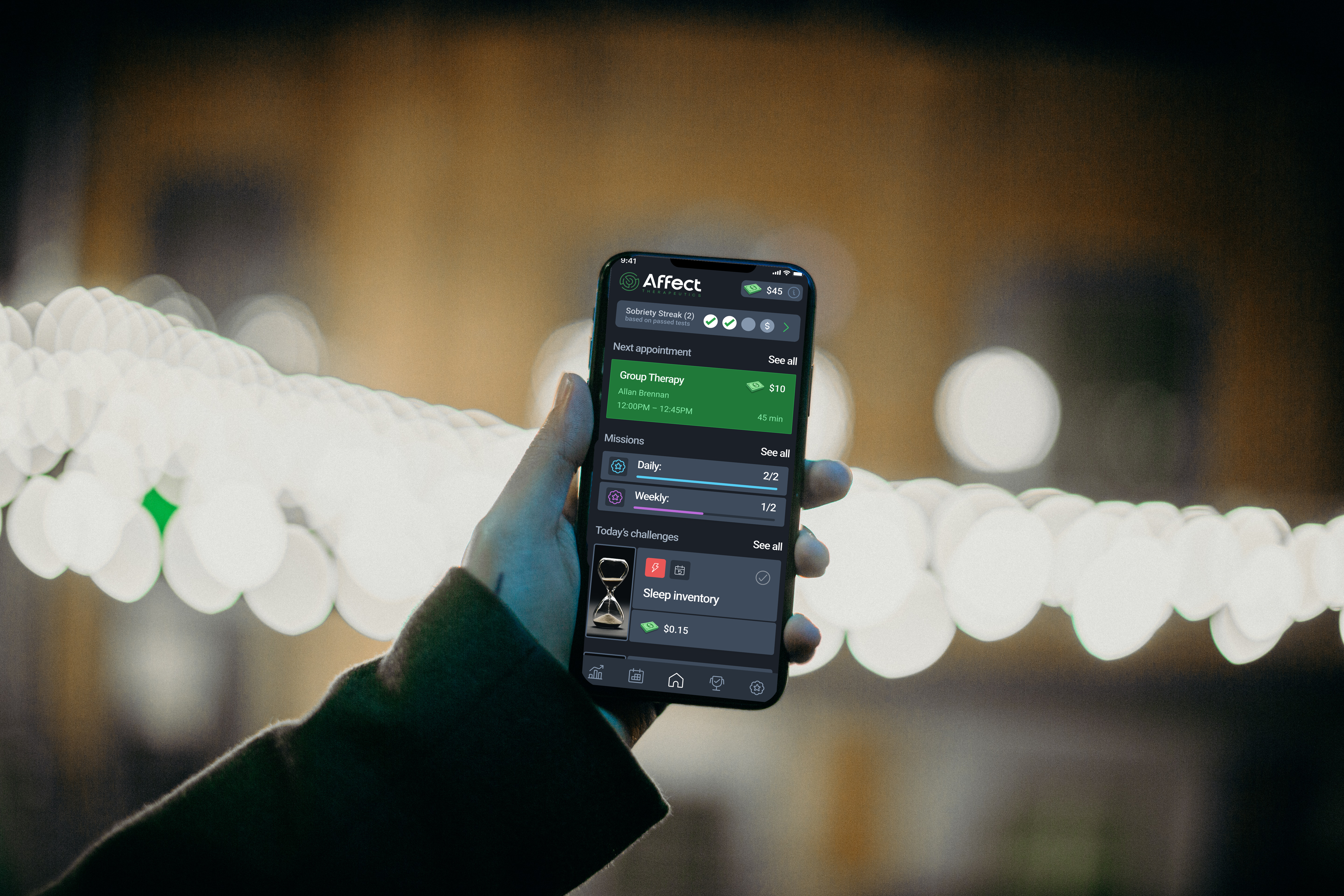
With medications, therapy, and an app to motivate your recovery, Affect’s program can help you beat opioid addiction
Common Opioid Prescription Medications
Oxycodone (OxyContin, Percocet)
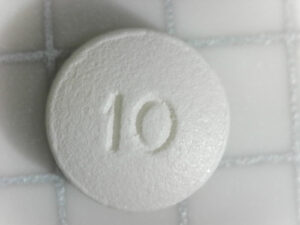
- What it is: Oxycodone is a semi-synthetic opioid used to treat moderate to severe pain.
- How strong: It is potent, with a strength comparable to morphine.
- How addictive: Highly addictive, with a high potential for misuse and dependency due to its strong euphoric effects.
- Commercial Names: Oxycodone, OxyContin®, Percodan®, Percocet®
- Street Names: O.C., Oxycet, Oxycotton, Oxy, Hillbilly Heroin, Percs
Hydrocodone (Vicodin, Norco)
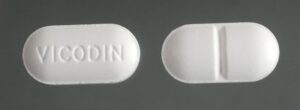
- What it is: Hydrocodone is an opioid analgesic used for moderate to moderately severe pain.
- How strong: Slightly less potent than oxycodone, often combined with acetaminophen for enhanced pain relief.
- How addictive: Highly addictive, with significant risk for dependence and abuse, particularly when taken in higher doses or longer durations.
- Commercial Names: Hydrocodone, Vicodin®, Lortab®, Lorcet®
- Street Names: Vike, Watson-387
Morphine (MS Contin, Kadian)
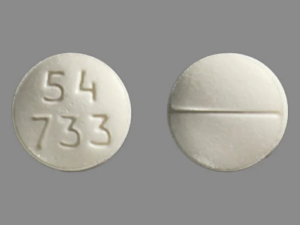
- What it is: Morphine is a natural opioid derived from the poppy plant, used for severe pain management.
- How strong: Very strong, serving as a benchmark for other opioids’ potency.
- How addictive: Highly addictive, with a considerable risk of dependency and abuse, especially with long-term use.
- Commercial Names: Morphine, Duramorph®, Roxanol®
- Street Names: M, Miss Emma, Monkey, White Stuff
Fentanyl (Duragesic, Sublimaze)
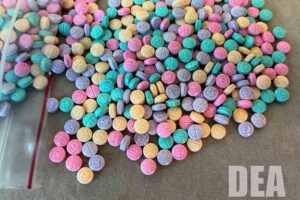
- What it is: Fentanyl is a synthetic opioid used to treat severe pain, often in cancer patients.
- How strong: Extremely potent, 50-100 times more potent than morphine.
- How addictive: Highly addictive, with a very high risk of overdose and dependence due to its potency and rapid onset of action.
- Commercial Names: Fentanyl, Actiq, Duragesic, Sublimaze
- Street Names: Apache, China Girl, China White, Dance Fever, Friend, Goodfella, Jackpot, Murder 8, Tango and Cash, TNT
Hydromorphone (Dilaudid)
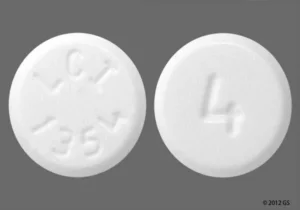
- What it is: Hydromorphone is a semi-synthetic opioid used for severe pain.
- How strong: More potent than morphine, with a rapid onset of pain relief.
- How addictive: Highly addictive, with a high potential for abuse and dependency, especially with long-term use.
- Commercial Names: Hydromorphone, Dilaudid®
- Street Names: D, Dillies, Footballs, Juice, Smack
Codeine
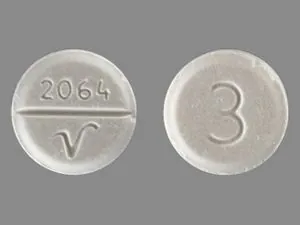
- What it is: Codeine is a natural opioid used for mild to moderate pain and as a cough suppressant.
- How strong: Less potent than morphine and often combined with other analgesics like acetaminophen.
- How addictive: Moderately addictive, with lower abuse potential compared to stronger opioids, but still poses significant risks, especially with misuse.
- Commercial Names: Codeine is available in many forms, including syrups and pills like Tylenol 3®
- Street Names: Captain Cody, Cody, Lean, Schoolboy, Sizzurp, Purple Drank With gluteth- imide: Doors & Fours, Loads, Pancakes and Syrup
Methadone (Dolophine, Methadose)
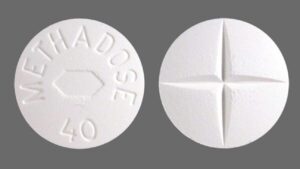
- What it is: Methadone is a synthetic opioid used for pain management and as part of opioid addiction treatment programs.
- How strong: Similar in potency to morphine, but with a longer duration of action.
- How addictive: Highly addictive, with a risk for dependency, though it is also used to reduce cravings and withdrawal symptoms in people with opioid use disorder.
- Commercial Names: Methadone, Dolophine®, Methadose®
- Street Names: Amidone, Fizzies With MDMA: Chocolate Chip Cookies
Tramadol (Ultram)
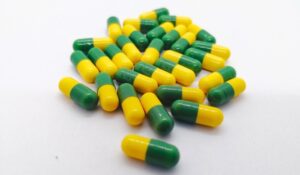
- What it is: Tramadol is a synthetic opioid used for moderate to moderately severe pain.
- How strong: Less potent than morphine, often considered a milder opioid analgesic.
- How addictive: Moderately addictive, with lower risk of abuse compared to stronger opioids, but still poses risks of dependency and misuse, especially at higher doses.
- Street Names: Ultram®
- Street Names: Chill Pills, Trammies, Ultras
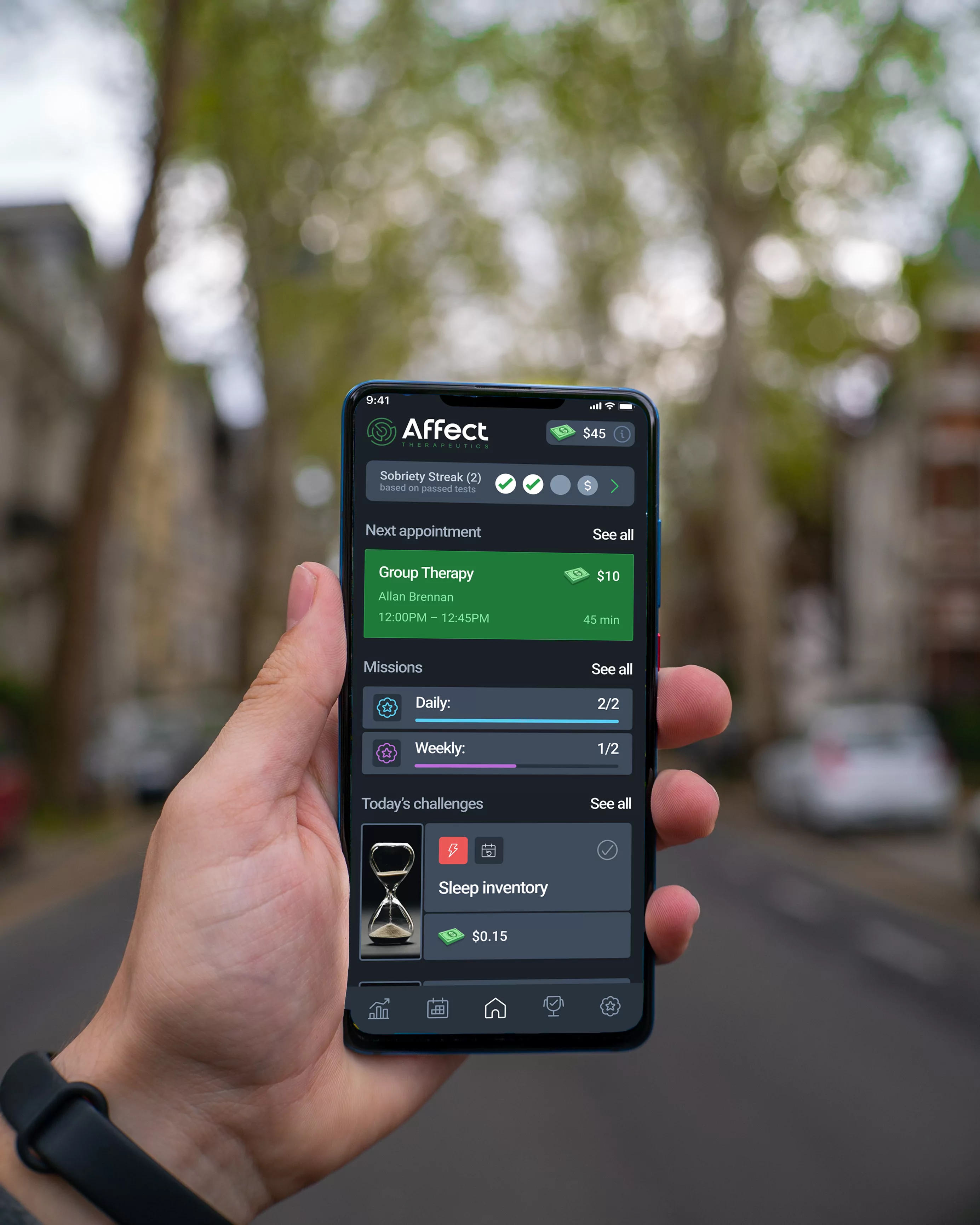
How to Break Addiction to Opioid Painkillers
Breaking an addiction to opioid painkillers is a challenging but achievable process that typically requires a comprehensive approach involving medical, psychological, and social support.
The first step often involves medically supervised detoxification, where healthcare providers manage withdrawal symptoms and ensure safety. Medications such as buprenorphine, methadone, and naltrexone can be used to reduce cravings and ease withdrawal.
Following detox, long-term treatment plans should include behavioral therapies like cognitive-behavioral therapy (CBT) and counseling to address the psychological aspects of addiction.
Support groups and recovery programs provide ongoing encouragement and community. It’s also crucial to address any underlying issues, such as chronic pain or mental health disorders, that may have contributed to the addiction. Affect’s app has a private community for its members who support each other.
Comprehensive treatment plans, personalized to the individual’s needs, increase the likelihood of sustained recovery and help individuals rebuild their lives free from the grip of opioid addiction.
Does Contingency Management work for Opioid Painkiller addiction?
Contingency management (CM) is a highly effective behavioral therapy in the treatment of prescription painkiller addiction, leveraging positive reinforcement to encourage sobriety and adherence to treatment.
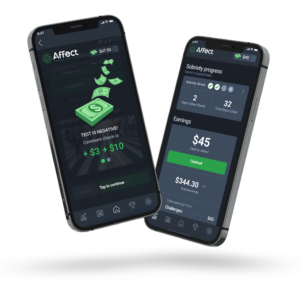
This approach involves providing tangible rewards, such as vouchers, prizes, or other incentives, to patients who meet specific treatment goals, such as passing drug tests or attending therapy sessions. Affect’s app is built with the neuroscience of rewards and how they are proven to motivate peoples’ recovery journeys to lasting sobriety.
Research has shown that CM significantly increases retention in treatment programs and reduces drug use compared to standard care alone. The immediate and concrete nature of the rewards helps to combat the often delayed gratification associated with recovery, making it a powerful motivator for individuals struggling with addiction.
By reinforcing positive behaviors and providing structure, contingency management can enhance overall treatment outcomes and support long-term recovery from prescription painkiller addiction.
Can You Quit Opioid Painkillers with Affect’s Telemedicine Addiction Treatment Program?
Yes, quitting opioid painkillers through telemedicine addiction treatment is a viable option and has become increasingly accessible and effective, especially with the advent of modern technology and the growing acceptance of remote healthcare.
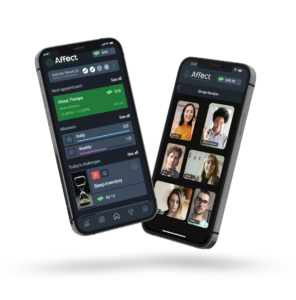
Telemedicine provides patients with convenient access to medical professionals who can prescribe medications like buprenorphine and naltrexone, monitor progress, and offer behavioral therapies through virtual sessions.
This method is particularly beneficial for individuals in remote areas or those who have mobility or transportation issues. Telemedicine also allows for more frequent and flexible contact with healthcare providers, fostering continuous support and reducing the stigma associated with seeking addiction treatment.
By leveraging digital platforms, patients can receive comprehensive care that includes medical supervision, counseling, and peer support, all crucial components for successfully overcoming opioid addiction.
Affect’s program is delivered completely through a smartphone app, bringing all the services of an outpatient rehab clinic right to you. With group and individual therapy, medications and medical support, and powerful tools to motivate your recovery, Affect’s program ranks in the top 1% of all treatment providers.
If you’re ready to stop using and start living, we’re ready and waiting for you.
Just tell us a bit about yourself and we’ll get right back to you


